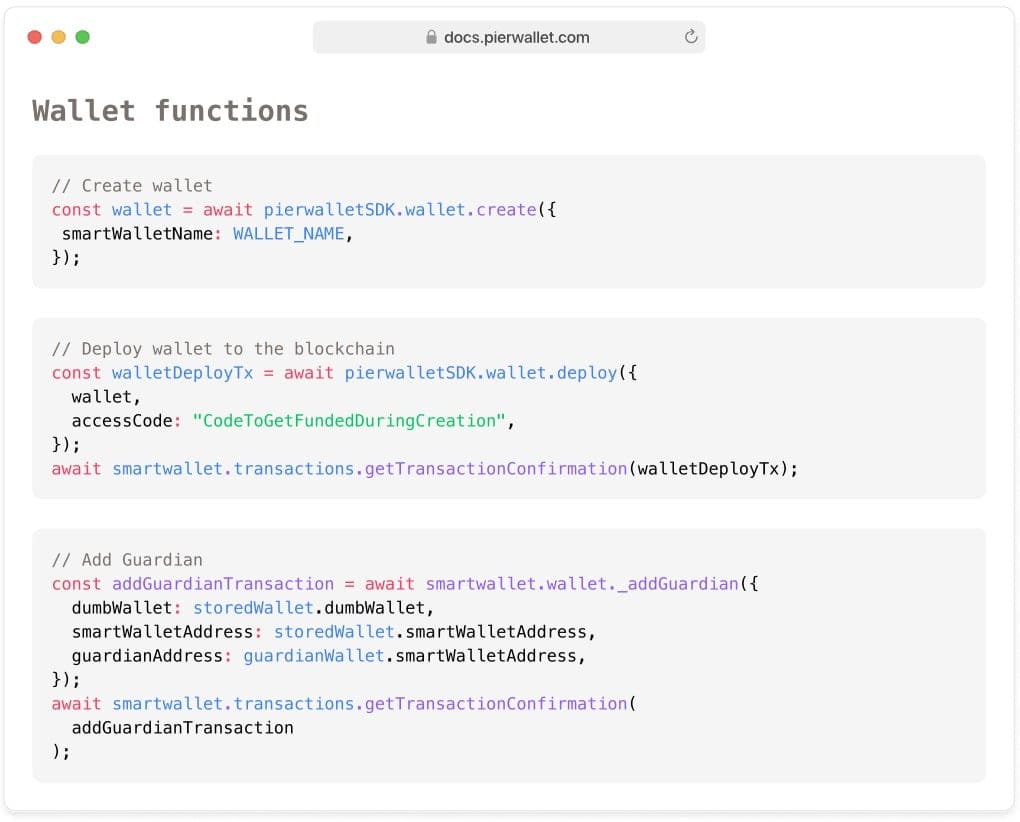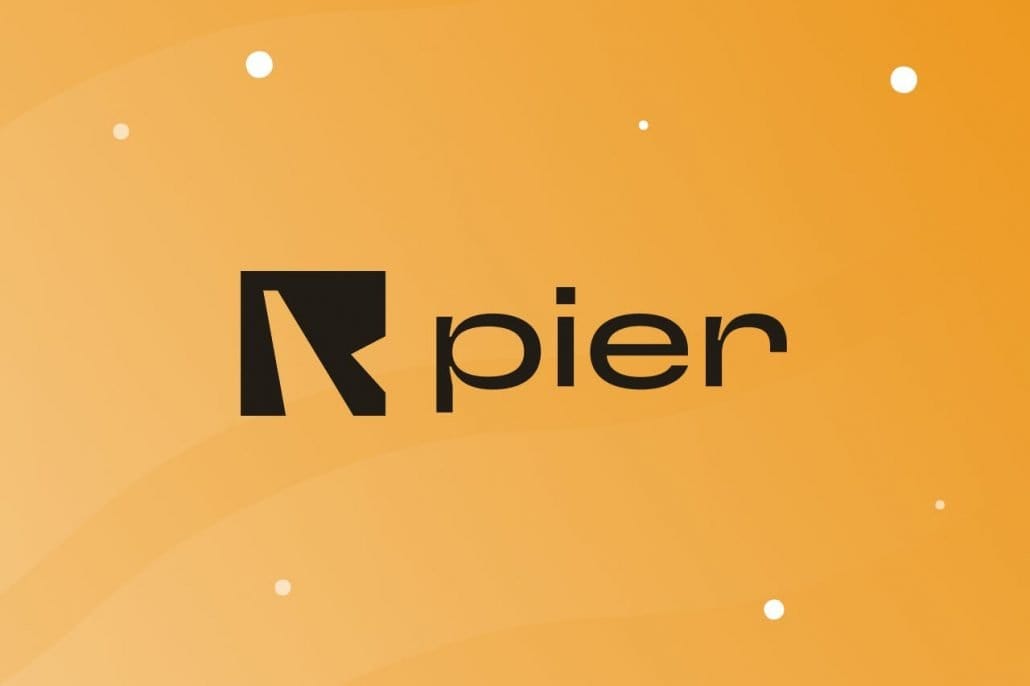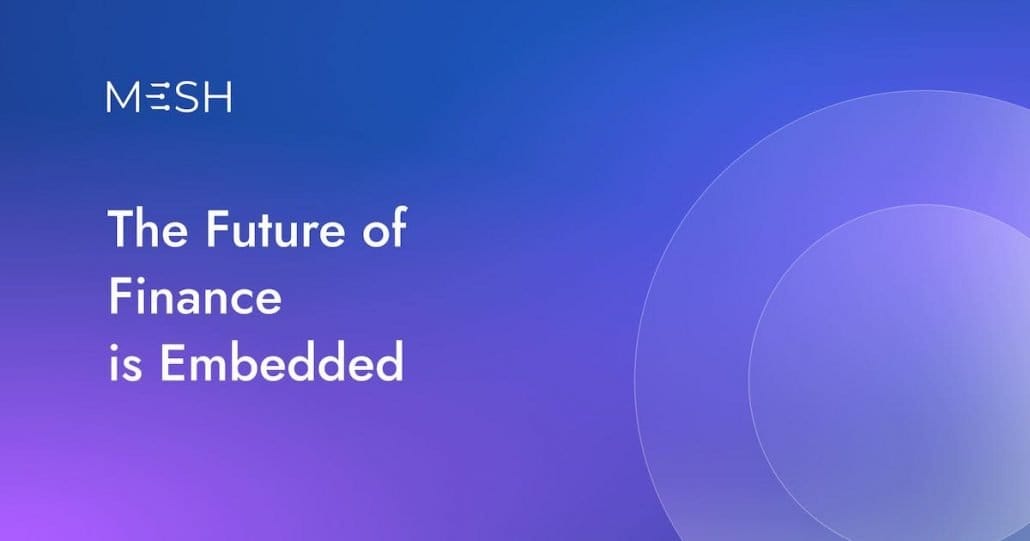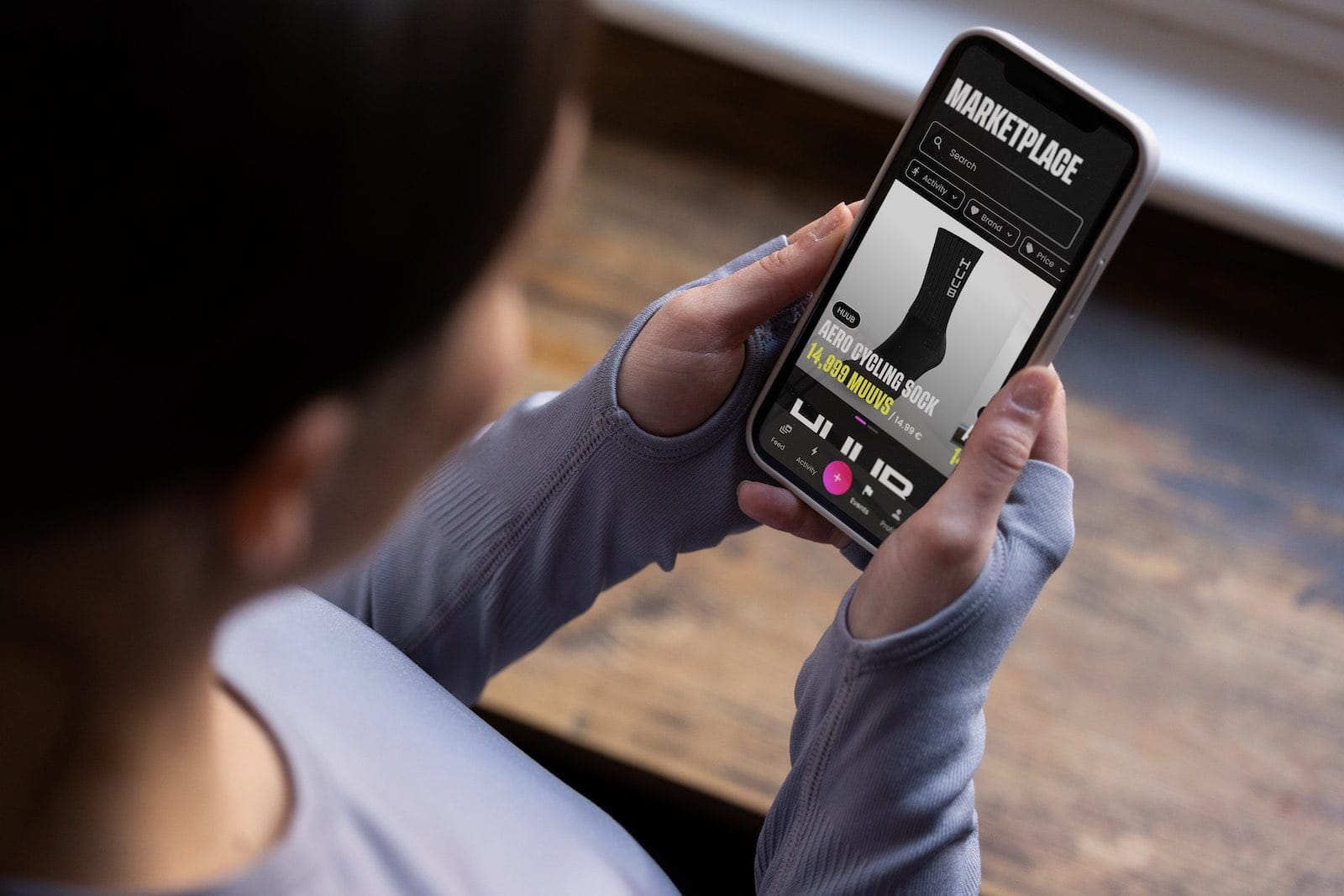In the rapidly evolving world of technology and digital transformation, the intersections of amateur athletics, early tech adoption, and the emerging Web3 paradigm offer a fascinating glimpse into the future of engagement and community building. Yesterday, the Zürich Crypto Mondays meetup peeled back the curtain, revealing insights from leading innovators who are not just riding the wave of change but creating it. From leveraging Ironman champions as brand ambassadors to pioneering partnerships with giants like T-Mobile, these trailblazers are redefining the landscapes of fitness tech, digital collectibles, and the decentralized identity that could shape the experiences of millions worldwide.
As we delve into the summaries of their forward-thinking strategies and bold visions for 2024 and beyond, we witness a remarkable synergy of ambition and practicality. These thought leaders are crafting ecosystems that bridge the virtual with the physical, harnessing the power of influence and community to propel their platforms to new heights. With eyes set on creating a ripple effect across Europe and the U.S., and ambitions that stretch from the Lucerne Marathon to the deserts of Africa, these discussions are more than just a peek into the future—they are a blueprint for the next revolution in digital and real-world convergence.
Get Active, Get Rewarded
MUUVR co-founder René Flor presented first, explaining MUUVR’s approach to incentivize physical activity through a reward system that resembles airline miles. Users earn «moves» through exercise, which they can spend within an ecosystem comprising insurances, friends, corporates, and other users. These «moves» can be used for shopping or challenging others to meet fitness goals.
MUUVR generates revenue by creating a virtual community for brands to engage directly with customers, analogous to shops in a shopping mall. They facilitate brands owning «worlds» where they can interact with and expand their community.
René mentioned a recent partnership with the Swiss City Marathon Lucerne, where participants received digital goods such as medals and T-shirts, which were not explicitly labeled as NFTs (Non-Fungible Tokens) or linked to crypto within the app to keep it user-friendly.
Moderator, Elvedin Mesic, followed up with a question about MUUVR’s strategy of not initially disclosing the Web3 nature of the rewards in the app. René responded by emphasizing a «learn and earn» approach, suggesting that a gradual introduction to the Web3 aspects through games and tradeable items will make users more receptive. He concluded by stating that avoiding technical jargon will make the technology more accessible and less intimidating, facilitating broader adoption.
Wallet as a Service, Web2 Simplicity
Pier Wallet (formerly nobank) co-founder Mario Leoni explained that their wallet technology aims to address the complexity and usability issues hindering the mass adoption of Web3 technologies. Instead of traditional seed phrases, Pier Wallet offers seamless onboarding with various options, such as social logins or even entirely invisible account creation. Their smart contract-based wallet is programmable and customizable, offering progressive security setups and a «paymaster» feature that covers gas fees for users. This removal of gas fee barriers is designed to avoid confusion and facilitate smoother user experiences, particularly for newcomers to blockchain.

Mario emphasized the importance of ease of use, with SDK integration for their wallet and a dashboard for clients to customize and monitor token distributions, wallets created, and transaction details. They also offer an app for clients who do not wish to integrate the wallet into their own digital products.
Mario explained that from the beginning, Pier Wallet was developed as a smart contract wallet, which inherently allowed them to incorporate the paymaster feature. This feature was seen as fortunate and essential for mass adoption because it makes transactions affordable and removes the complexity of gas fees for end users, which could otherwise be a significant barrier to entry.

Where Wireless and Web3 Converge
Fliggs Head of Business Development Aleksandra Ahrens, discussed their initiative to drive mass adoption of Web3 by integrating it with telecom services. Fliggs Mobile is an all-digital telecom provider combining mobile subscriptions with Web3 technology, allowing users to access calls and data within minutes of downloading their app. They are addressing the challenge of making Web3 intuitive and accessible to a broader demographic by incorporating a non-custodial wallet into their service, which gives users full control over their private keys and assets.
To tackle the common dissatisfaction with traditional telco providers and to capitalize on the fact that telecom infrastructure is often underutilized by the apps that depend on it, Fliggs operates as a virtual mobile operator. This means they do not own the network infrastructure but partner with a network provider, which allows them to offer more competitive prices.
Fliggs plans to empower users with a decentralized identity, enhancing their digital security and giving them greater control over their personal data. They also aim to foster loyalty through crypto rewards and NFTs, avoiding long-term contracts and instead incentivizing continued use of their service on a monthly basis.
Aleksandra emphasized the importance of customer loyalty, citing statistics on the cost-effectiveness of retaining customers versus acquiring new ones, and the propensity for loyal customers to stay with a brand even after negative experiences. Fliggs Mobile intends to launch in Q1 of the next year, and they hope to significantly contribute to the mass adoption of Web3 technologies.
Mass Adoption of Web3 Technologies
The first part of the Q&A session post-presentation revolved around the vision of mass adoption of Web3 technologies, particularly wallets:
Aleksandra stressed the aim that everyone who uses the internet should have access to and utilize Web3, likening it to the number of internet users today, which is in the billions. She highlighted the company’s long-term vision for a single application that integrates various daily services, making life easier by consolidating tasks like payments, travel bookings, and shopping into one platform, thus reducing the need to use multiple apps.
Mario agreed with Aleksandra’s vision of mass adoption, meaning everyone online should use these services. He anticipated that many people will have multiple wallets, suggesting the potential for more than just one wallet per internet user. Mario emphasized their strategy to reach mass adoption through partnerships, integrating seamless Web3 experiences into existing products to leverage and scale their outreach.
René discussed the sports and fitness industries› growth and user adoption, specifically citing Strava as an example with a significant user base. He outlined MUUVR’s strategy to begin where people are already engaged (like fitness apps) and transition them to Web3. He emphasized the need to make movement fun and rewarding, using gamification as a tool to encourage societal activity, starting from the highly active individuals down to the less active «couch potatoes», with the ultimate goal of getting everyone moving.
Augmented Reality vs Virtual Reality
Finally, Elvedin opened the floor for questions from the audience, adhering to the tradition of «Crypto Mondays» to engage the community and invite challenging inquiries. When asked whether ready for Apple’s new Vision Pro, René shared his belief in augmented reality over virtual reality, as it is safer and more practical. He mentioned that current technological developments are just the entry point into this augmented world, similar to the evolution of web technologies like HTTP and FTP, and spoke about the potential for combining outdoor and indoor activities.
Custodial vs Non-Custodial Wallets
An audience member raised questions regarding the transition to non-custodial wallets and their adoption. He asked Aleksandra if services like Pier Wallet, which is also used by Fliggs Mobile, would be able to integrate with custodial services for ease of use without compromising the philosophy of blockchain.
Aleksandra responded by emphasizing her preference for non-custodial wallets, despite their complexity, to ensure users maintain control over their assets. She said she believes that developments are making it easier to access and recover assets, which is a positive direction.
Mario mentioned startups working on facilitating the movement of assets between custodial and non-custodial wallets, like the financial connectivity platform MESH, which recently raised significant funds. He also touched on the gray areas between custodial and non-custodial setups and how their wallet allows for customizable setups.

Focus on NFTs
René addressed the second question about tokenomics and maintaining the value of tokens. He explained that MUUVR has not launched a token yet and is currently focusing on NFTs with fixed values, which aligns better with their ecosystem. He discussed the potential future utility of a token and the importance of creating applications that meet users where they are, rather than forcing them into unfamiliar territory.
In the concluding part of the Q&A session René discussed how they’ve recruited an Ironman champion as an ambassador and are considering supporting professional athletes and teams. While their app is for amateurs, they’re open to exploring influencer marketing and partnerships with brands and event organizers to grow their ecosystem.
Digital Collectibles as a Gateway to Adoption
Aleksandra talked about targeting early adopters and tech enthusiasts in the U.S., partnering with T-Mobile for their launch. They aim to reach every age group and expand into other countries, looking to onboard additional network providers and ambassadors, including a famous U.S. actor, to elevate their brand. Mario spoke about focusing initially on Switzerland and Europe but with a potential for global reach. They aim at startups and loyalty providers, looking to offer seamless Web3 experiences and prepare partners for future payment capabilities using collectibles as a gateway to adoption.
Elvedin directed a question to René about his 2024 vision, mentioning MUUVR’s partnership with the Lucerne City Marathon and the potential in the insurance sector. René emphasized creating a network effect by connecting events and partners rather than focusing on isolated verticals.
Decentralized Identity and Payment Solutions
Mario addressed the final question on mass adoption in the crypto space, suggesting that decentralized identity (DID) and payment solutions are key missing elements. He is hopeful that these will be resolved in three to five years, leading to mass adoption.
The session concluded with Elvedin thanking the guests and inviting the audience to the upcoming event on December 11, as well as another following the World Economic Forum in January. The event ended with an appreciation for the guests› insights and a reminder for attendees to follow up online and join future events.
Credits
- Main picture by MUUVR
- Crypto Mondays Zürich Meetup




Schreibe einen Kommentar